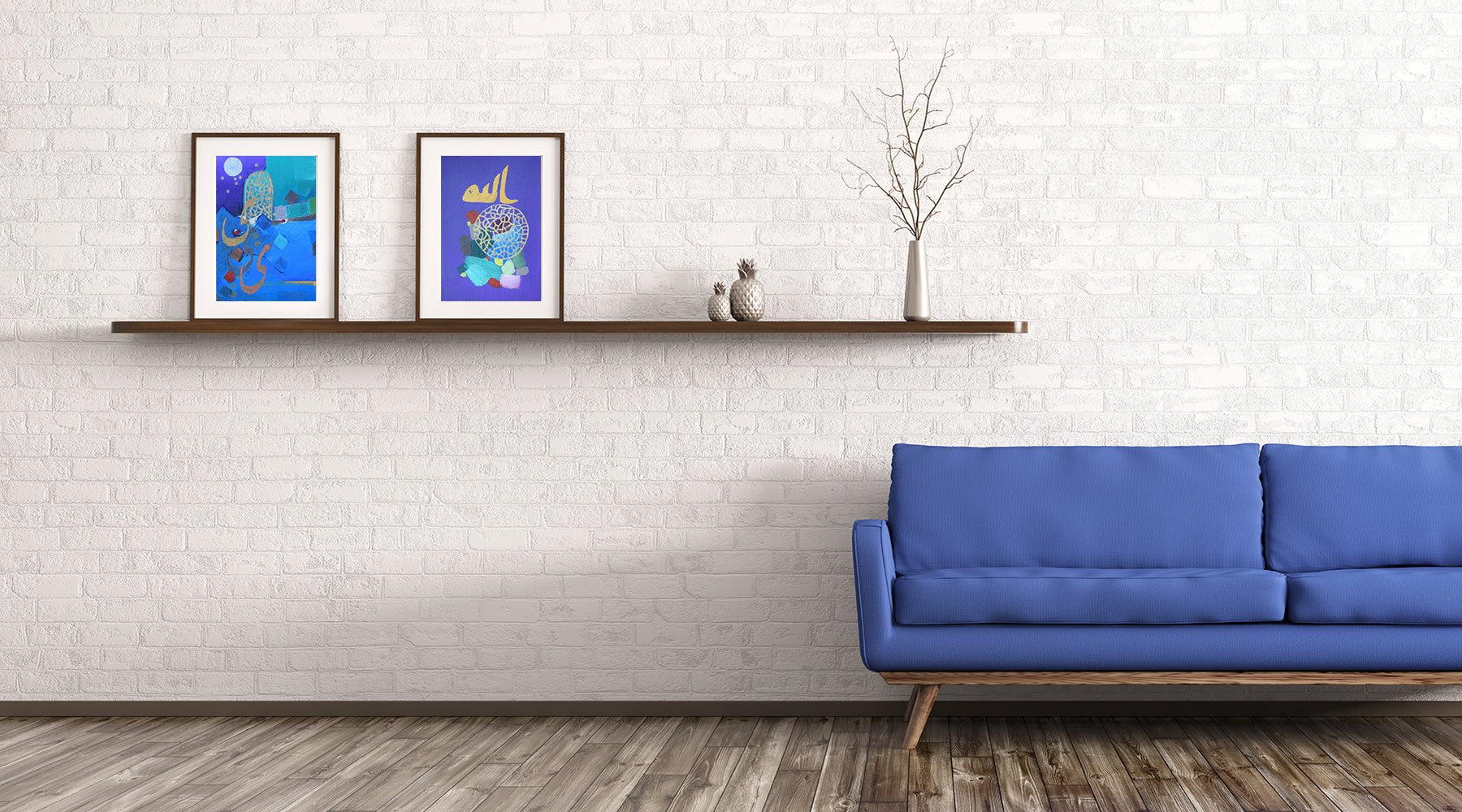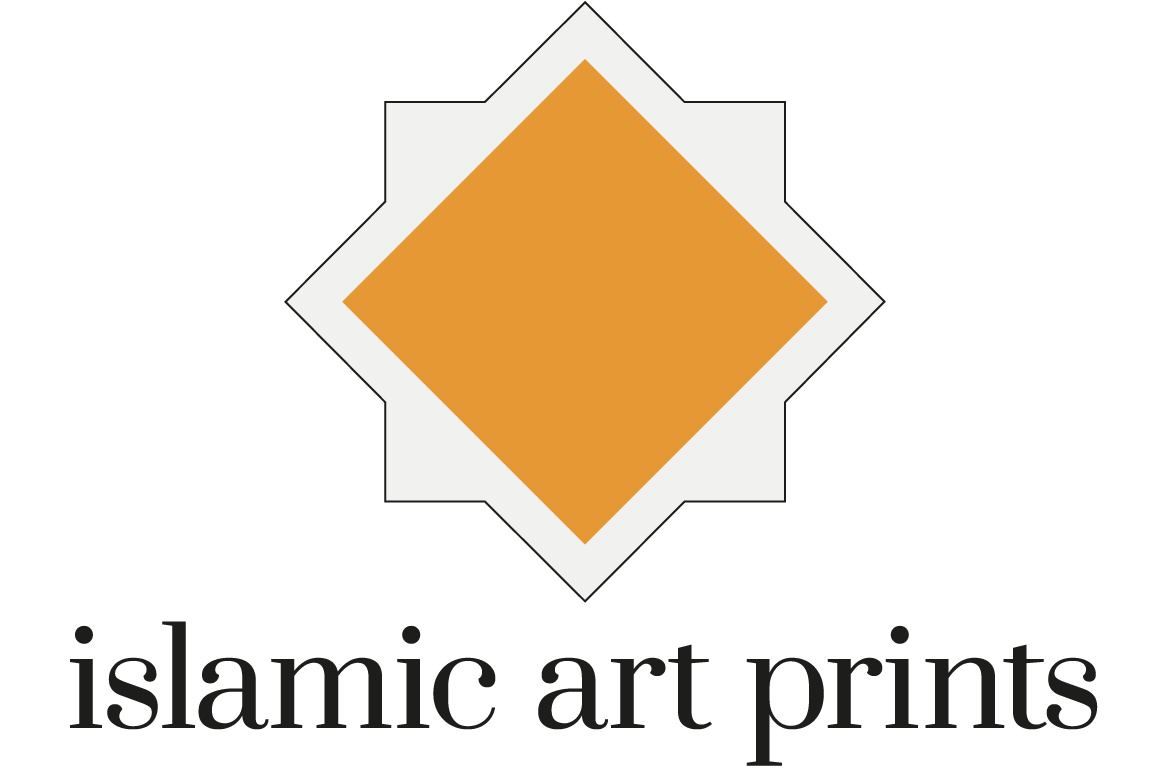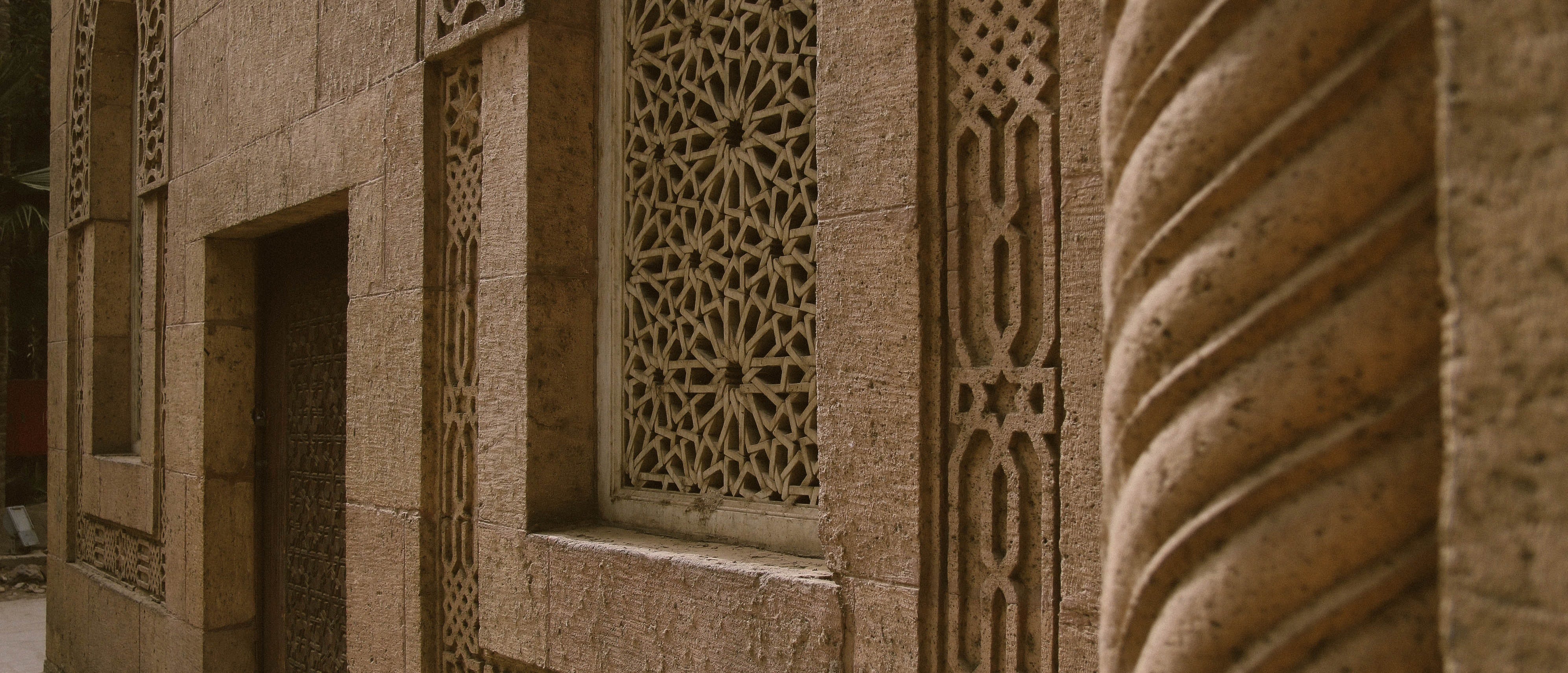
Spotlight on: Contemporary Islamic Art
In the same way as Islamic art is considered such a broad term, the definition of contemporary art is also debatable and has yet to carry a very specific meaning. When distilled down however, Islamic art generally refers to any art that draws it’s inspiration from the Islamic tradition and the Tate Modern defines contemporary art as:
“Art of the present day and of the relatively recent past, of an innovatory or avant-garde nature.”
When combined therefore, contemporary Islamic art is probably best defined as recent or innovative art entrenched in the Islamic tradition, OR related to themes of the Islamic faith/world.
Ahmed Mater, Rose Issa and many other lesser known artists all over the Islamic world have sought to create and introduce Islamic themes in ways people may never have considered before. In the case of the former, Ahmed Mater’s iconic “Magnetism” - a picture of a central cubed magnet surrounded by iron filings was on display at the British Museum in a ground-breaking exhibition on Hajj - the most important pilgrimage in Islam.
Meanwhile Rose Issa, who is considered the quintessential reference point for contemporary artists all over the Muslim world, provided a platform for Muslim artists to create modern art that
“Defends our own aesthetics, concerns, and to give the opportunity to the artists of our region to project in the best way possible, their own vision… whatever it may be, film, painting, drawing, sculpture, photography, you discover something that you have never seen or felt before.”
And to us, that really sums up the purpose of contemporary Islamic art - to make you see or feel something that you have not experienced before.
Many of the contemporary Islamic artists featured on our website, speak about the reception they receive to their work from non-Muslims and Muslims alike. But the reception from people living in non-Muslim countries is often much stronger or more palpable, particularly when they realise the universality behind the majority of the messaging intended by the artists behind the painting. And really it is that universality of message which is integral in understanding the real narrative of a faith that is often depicted in the negative.
This notion of identity through contemporary Islamic art is something that we will look to explore further in an interview series with some of our artists that will launch towards the end of this year.
We would love to hear about your thoughts on particular pieces or contemporary artists who have created memorable works that have invoked a reaction in you.
Who were these artists, what were their pieces and why do you feel you reacted so strongly to their art?
Click here to browse our Contemporary Islamic Art collection.







Leave a comment
This site is protected by hCaptcha and the hCaptcha Privacy Policy and Terms of Service apply.